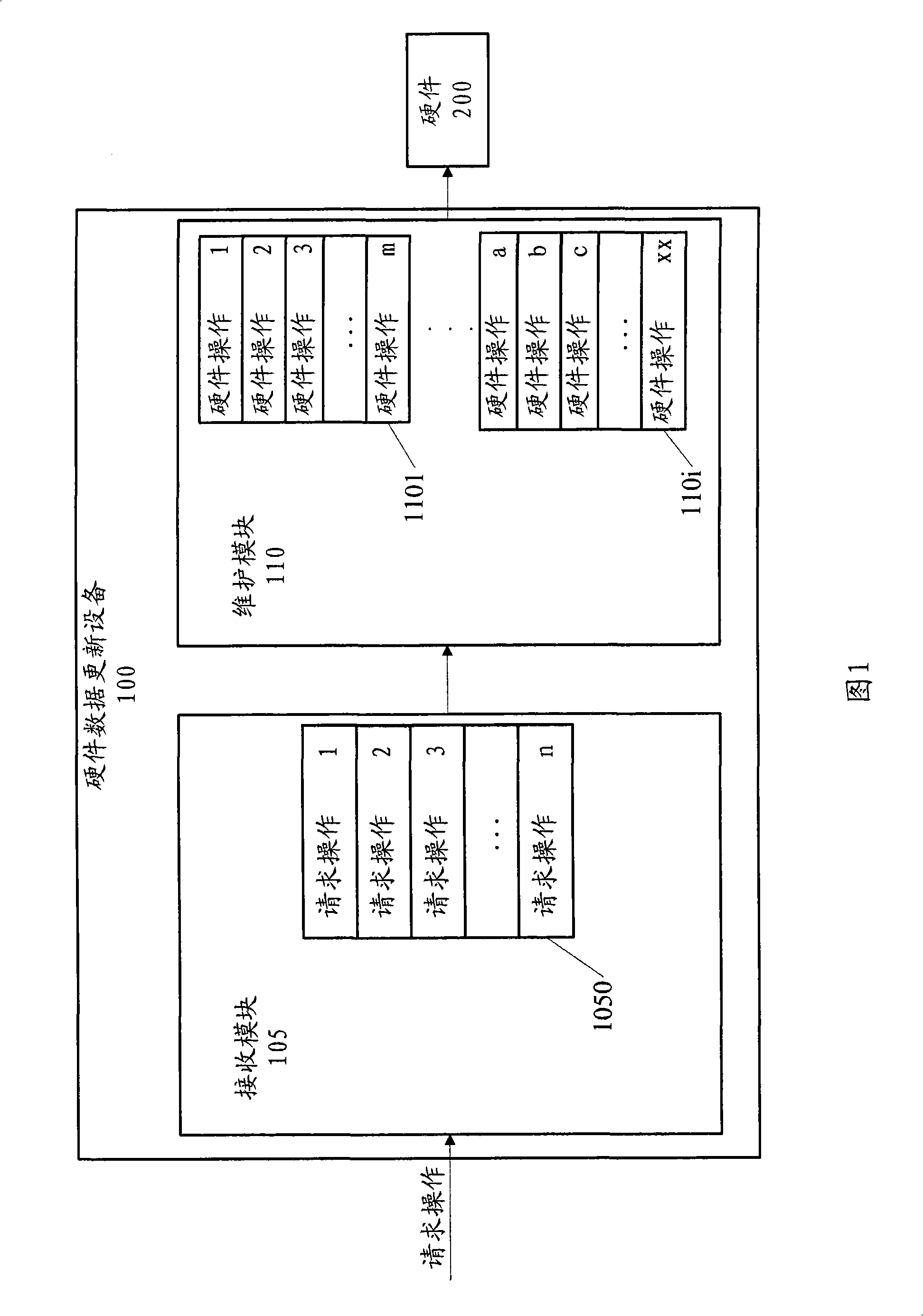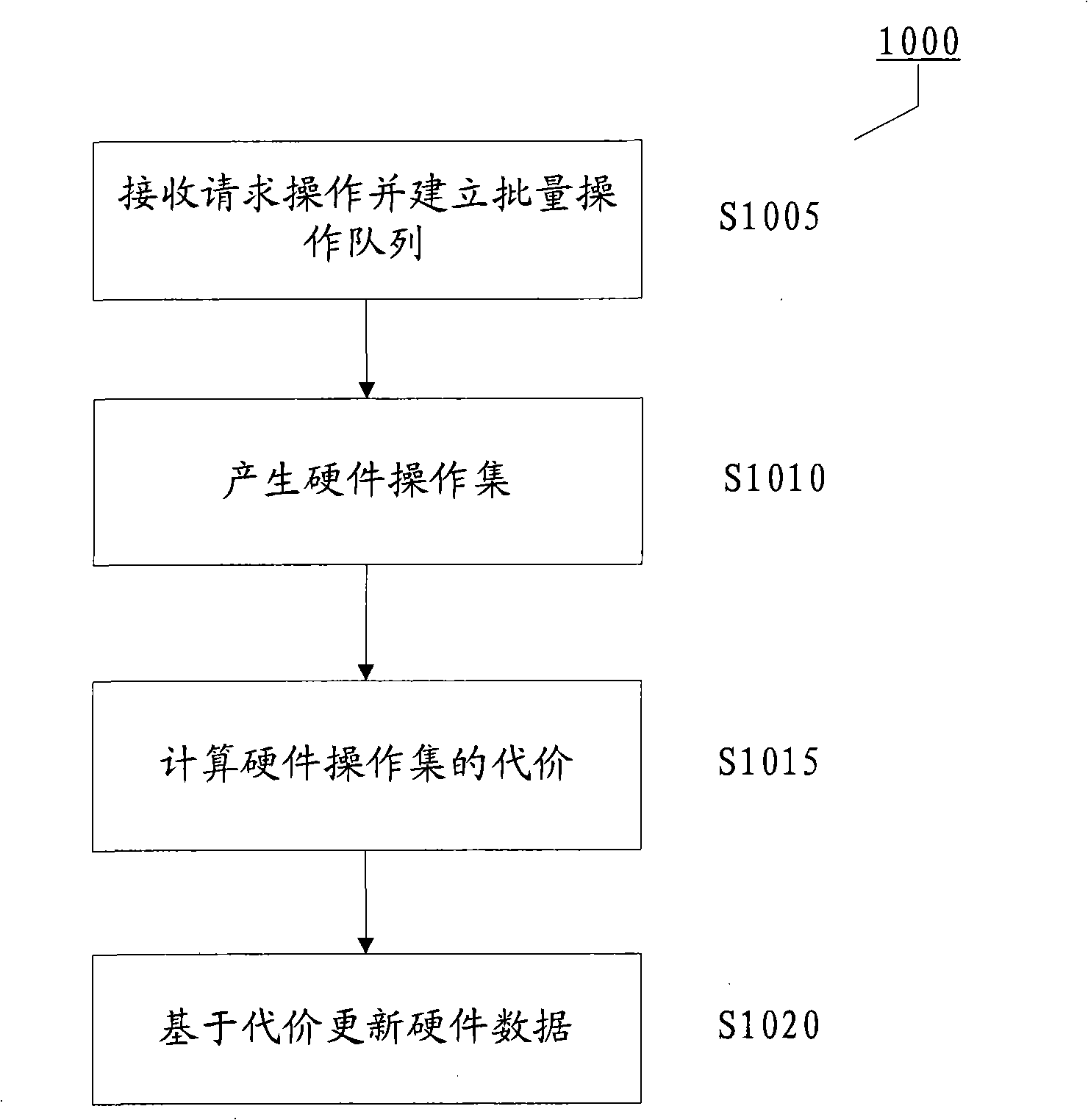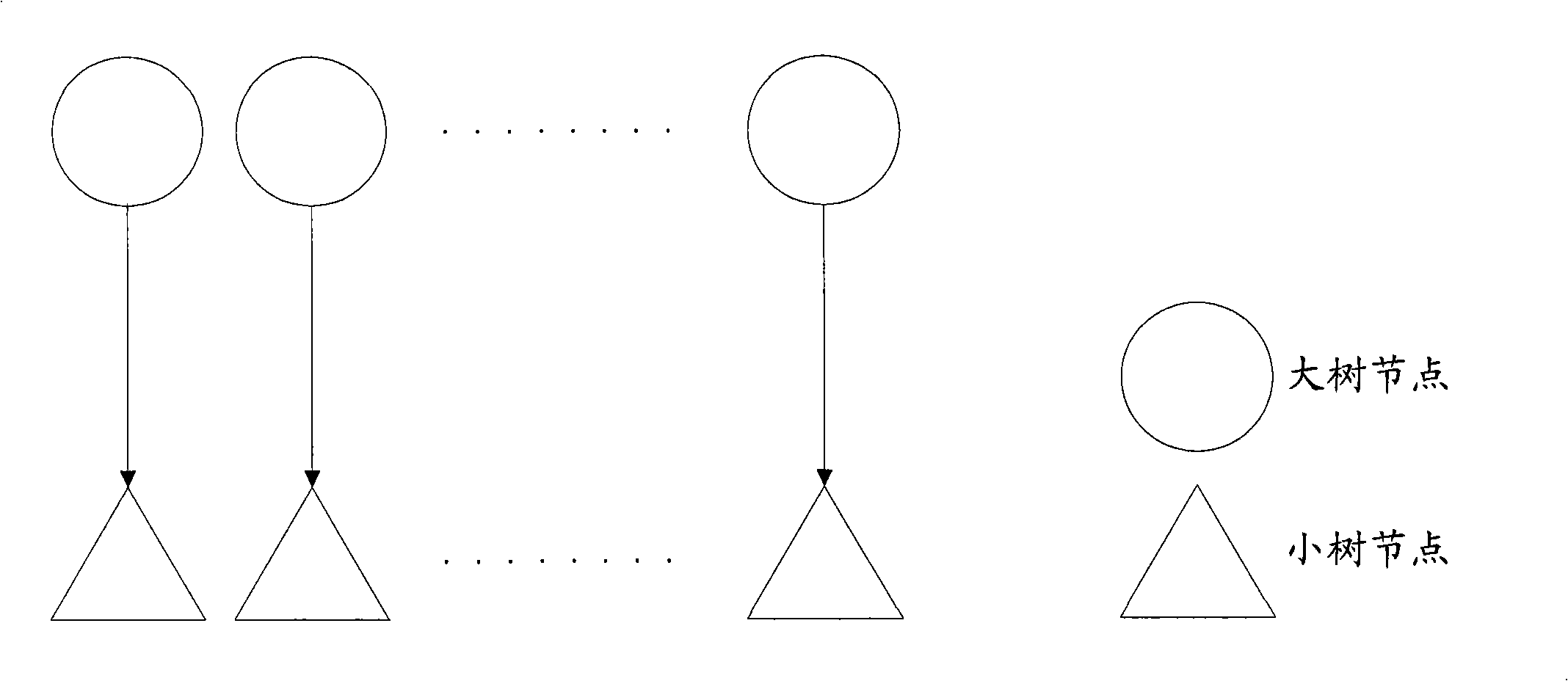Method and device for updating hardware data
A data update and hardware technology, applied in the direction of data exchange network, electrical components, digital transmission system, etc., can solve the problems of inability to use routers, waste of hardware update operation, long refresh time, etc., and achieve the effect of reducing the cost of hardware operation
- Summary
- Abstract
- Description
- Claims
- Application Information
AI Technical Summary
Problems solved by technology
Method used
Image
Examples
Embodiment Construction
[0023] Embodiments of the present invention are described below with reference to the drawings. It should be noted that throughout the drawings, the same reference numerals designate the same or similar elements.
[0024] It should be understood that the various embodiments of the present invention described here are only for better explaining the principles and concepts of the present invention, rather than limiting the present invention. After reading such description, those skilled in the art can easily construct other modifications or replacements, and such modifications or replacements should be understood as falling within the scope of the present invention.
[0025] figure 1 is a block diagram showing a hardware data updating device 100 according to an embodiment of the present invention. The hardware data update device 100 is used to update data stored in the hardware 200 . The hardware data updating device 100 includes a receiving module 105 and a maintenance modu...
PUM
 Login to View More
Login to View More Abstract
Description
Claims
Application Information
 Login to View More
Login to View More - R&D
- Intellectual Property
- Life Sciences
- Materials
- Tech Scout
- Unparalleled Data Quality
- Higher Quality Content
- 60% Fewer Hallucinations
Browse by: Latest US Patents, China's latest patents, Technical Efficacy Thesaurus, Application Domain, Technology Topic, Popular Technical Reports.
© 2025 PatSnap. All rights reserved.Legal|Privacy policy|Modern Slavery Act Transparency Statement|Sitemap|About US| Contact US: help@patsnap.com



